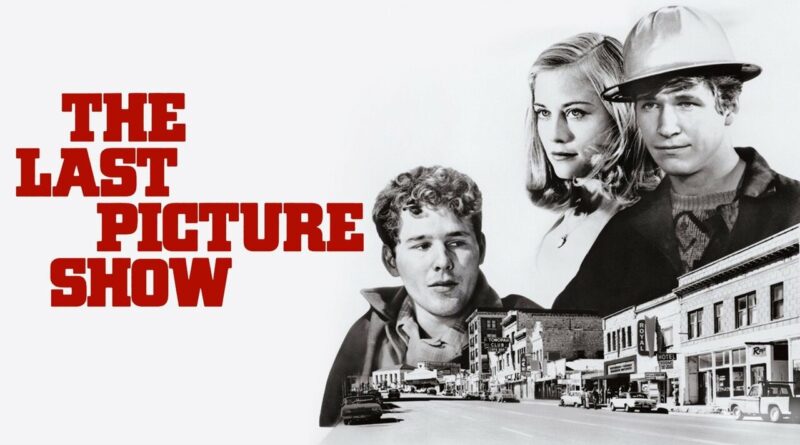The Last Picture Show: Retro-Review
Peter Bogdanovich’s “The Last Picture Show” reeks of authenticity in the best possible way. This black-and-white masterpiece from 1971 isn’t just another small-town drama – it’s a forensic examination of teenage awkwardness and the slow death of American small-town life.
The film presents a starkly honest portrayal of Anarene, Texas in 1951 – a place with “no reason to exist, and people with no reason to live there”. growing up in the 70’s, I can tell you this film gets the evidence right. The Last Picture Show is a film that grumpily refuses to romanticize adolescence, instead dragging its characters through a Texas-sized mire of bad decisions, limp lust, and the kind of small-town ennui that makes you want to shake every resident by the shoulders. Set in the dust-choked corpse of Anarene, Texas, the story follows Sonny and Duane—two hapless teens whose idea of rebellion involves taking a mentally disabled friend to a prostitute and then getting banned from the only decent pool hall in town. The film’s sex scenes aren’t steamy; they’re cringe-worthy exercises in humiliation. When Sonny fumbles with Ruth Popper, the coach’s neglected wife, the bedsprings scream louder than either participant, and Jacy’s virginity-losing scheme with Duane ends with her glaring daggers at his inability to rise to the occasion. This isn’t Grease—it’s a autopsy of teenage desperation.
The Crime Scene: A Town in Decay
What struck me most was how Bogdanovich meticulously documents the town’s slow death. The buildings crumble, the movie theater closes, and eventually only the pool hall remains as the “lone option for any amusement”. It’s like watching a community autopsy. The black-and-white cinematography creates a “map of life as it was”, giving the whole affair the feel of examining old evidence photos.
The film doesn’t just show physical decay – it documents the erosion of human potential. These characters’ dreams are fading faster than footprints in the sand as the tide comes in. Sam, Sam the Lion, the only truly virtuous character and the towns moral compass, “shuffles around in slippers, suffering from aching feet and a body worn down by age and life’s struggles”. If that’s not a metaphor for the whole town, I don’t know what is.
The Suspects: Characters Under Investigation
The performances are “uniformly excellent”, with each character revealing layers that would take weeks of interrogation to uncover in real life. Timothy Bottoms as Sonny, Jeff Bridges as Duane, and Cybill Shepherd as Jacy perfectly capture that peculiar mix of bravado and insecurity that defines adolescence.
What’s particularly compelling is how the film shows these young people discovering “they have the power to hurt other people”. As someone who’s seen plenty of human damage, this rings painfully true. The emotional casualties pile up as these teenagers blunder through relationships with the delicacy of a bull in a china shop.
The Verdict: A Timeless Classic
Despite being over 50 years old, this film holds up “like gangbusters”. It’s not just nostalgia – it’s a timeless document of human awkwardness and small-town claustrophobia. The film earned a 98% approval rating on Rotten Tomatoes, and Roger Ebert called it “the best film of 1971”.
What makes “The Last Picture Show” so compelling is that it doesn’t exploit human miseries or passions – “it doesn’t work them up”. Instead, it presents them plainly, without judgment, like a good detective just laying out the facts.
The Last Picture Show is the anti-American Graffiti. It doesn’t care if you root for these kids. It’s too busy force-feeding them life’s bitter pills: that first loves fizzle, mentors die, and small towns chew up dreamers. The sex isn’t sexy, the friendships aren’t loyal, and the “cusp of adulthood” looks more like a cliff. Grudgingly, I’ll admit: it’s a masterpiece of miserable authenticity
If you’re looking for Hollywood glamour or easy answers, look elsewhere. But if you want an unflinching look at human nature that will stay with you long after the credits roll, this film is essential viewing. It may be in black and white, but the emotional landscape it maps is anything but. as Ruth would say – ‘Never you mind honey’

